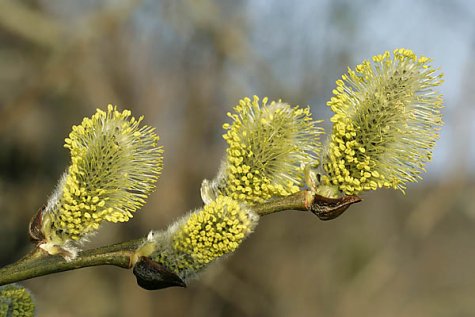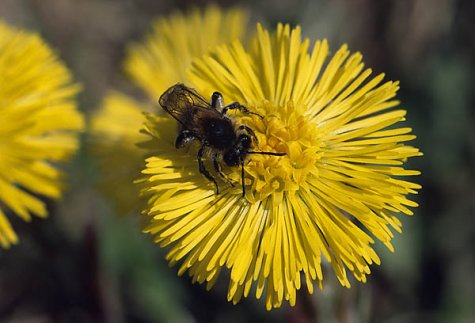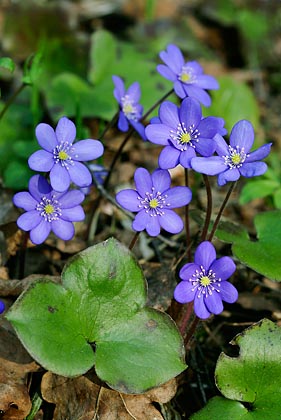Hepatica and willow flowers
On the sunny day of April 22, aspens, goat willows and tea-leaved willows began to flower in Jõgeva. Only the violet willow (Salix daphnoides) and the sharp-leaf willow started their flowering even earlier, but these species are seldom seen in nature, mostly being planted in communities. The violet willow occurs naturally in southeast Estonia, the sharp-leaf willow on shore dunes at Peipsi and in north Estonia. Overwintered bumblebee queens can build up their stores of energy again now. The protected bumblebees build their nests near early-flowering willows – hence the advice to keep willows in the landscape; destroying these bushes is a hard blow to bumblebees and other early spring insects. Honeybees also need the nectar from willows.
How should Hepaticas in parks be cared for? The leaves that grow after the flowering will reach a height of 10-20 cm. Where Hepaticas grow, the grass should not be mowed, to keep the plants from starving. Being plants that keep their green leaves over the winter, Hepaticas like to have a cover of dry leaves in winter – leave-raking should be avoided, the leaves that fall in autumn will in no way harm the flowers of broadleaf forests. Raking away leaves and dry grass however clearly damages plants and mosses in the groundcover or herbaceous layer of the forest. Grass will not grow well in the shadow of trees but the moss “lawn” flourishes. Be careful about the environmentally protected wood ants too, Hepatica seeds are spread by ants.











